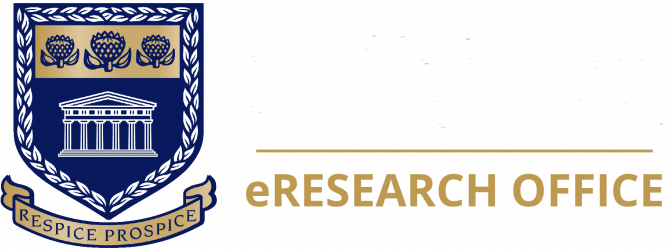The principles of openness in research are increasingly being adopted by industry, government, and academia. Openness gives rise to public benefits by offering broader access to publication, data, and other research materials, which in turn enables broader circulation of scientific knowledge, greater return on investments in research data, and more opportunities for replicating and building upon scientific findings.
Over the last decade, openness in research has been a boon in research community.
Open Research
The central theme of open research is to conduct research in the spirit of making methodologies and documentation freely and openly available via the internet, along with any data or results extracted or derived from them. Open research allows for more collaboration, participation, transparency and equality in the research world. Similarly, outside the realm of research, access to high-quality data makes new kinds of products, services, and activities specific to data (like advanced data analytics and artificial intelligence) possible too. Openness and accessibility of data (where possible) is recognised as a public good.
Historically, at the culmination of a research project, researchers published papers and reported their overall results and findings (and some supporting data), while the underlying research data would remain unpublished. This data would usually end up in a lab or office, often on an obscure hard drive, and would become inaccessible soon after the completion of the research work. This was undesirable for many reasons, not least because those research findings were then difficult to reproduce, and carrying out an improved analysis proved impossible. In the world of constantly evolving software and technology, this is extremely pertinent – for example, data collected a few years ago can be re-analysed with current tools and result in far improved results. Many valuable raw data were lost through this negligence. Some researchers today still believe that digital files stored on hard drives are ‘safe’, yet this couldn’t be more wrong – digital files are just as (and in fact, more) fragile than physical objects and artefacts.
In recent years, modern technologies have come to researchers’ rescue, and now a much greater degree of flexibility is possible, in terms of both data management and data preservation. However, these all come with their own challenges.
Open Science
Open Science, broadly, is about maximising the dissemination of knowledge, and enabling collaboration by researchers and the public, because science advances faster when we build on existing results. It is often used as an umbrella term for various movements that aim to remove barriers for sharing of any kind of output at any stage of the research process.
Open Science emphasises cooperation, and disseminating knowledge through the use of digital technologies and collaborative tools. It also means that any raw data, analysis software, algorithms, papers and documents used in a project are shared early as part of the scientific process. This in theory makes studies easier to reproduce.
CODATA is the Committee on Data of the International Science Council (ISC), and it exists to promote global collaboration in order to advance Open Science and to improve the availability and usability of data for all areas of research. The European Open Science Cloud (EOSC) and OpenAIRE are examples of European projects that support Open Science.
Open Access and Open Data
Open access (OA) refers to freely available, digital and online information. At its most simple, Open Access is digital, online, free of charge, immediately available and free of most copyright and licensing restrictions. Importantly, this does not mean restrictions cannot be placed, but rather that openness is encouraged where possible. Open access scholarly literature is free of charge and often carries less restrictive copyright and licensing barriers than traditionally published works, for both the users and the authors.
Open Access is often used interchangeably with Open Data, which is “research data that is freely available on the internet permitting any user to download, copy, analyse, re-process, pass to software or use for any other purpose without financial, legal, or technical barriers other than those inseparable from gaining access to the internet itself”. It is data that can be used, adapted, and shared by anyone.
Open Access is in stark contrast to the traditional subscription model where readers have access to scholarly information by paying a subscription. Research institutions around the world, including UWC, are actively embracing this contemporary age where information is no longer hidden behind paywalls and copyrights, and where information can be accessed and built upon.
Open Access encourages the use of CC or Creative Commons licenses. These include completely Open Access (CC0), as well as Open with Attribution (CC-BY) and Open with Attribution and not for Commercial Use (CC-BY-NC). UWC embraces the principle ‘as open as possible, as closed as necessary’. In other words, that research outputs should be as open as possible, but control over access is also important.
The Berlin Declaration on Open Access to Knowledge in the Sciences and Humanities (of October 2003) is an international statement on open access and access to knowledge, and advocates for open access to scientific research and cultural heritage. It addresses how the web offers the chance to “constitute a global and interactive representation of human knowledge, including cultural heritage and the guarantee of worldwide access”. UWC signed the Berlin Declaration to Open Access to Knowledge in the Sciences and Humanities in 2013.
FOSS
In contrast to proprietary software, Free and Open Source Software (FOSS) means that anyone is freely licensed to use, copy, study, and change software in any way, and source code is openly shared so that people are encouraged to voluntarily improve the design of the software. Proprietary software, on the other hand, has far more restrictive copyright licensing and the source code is usually hidden from the users.

